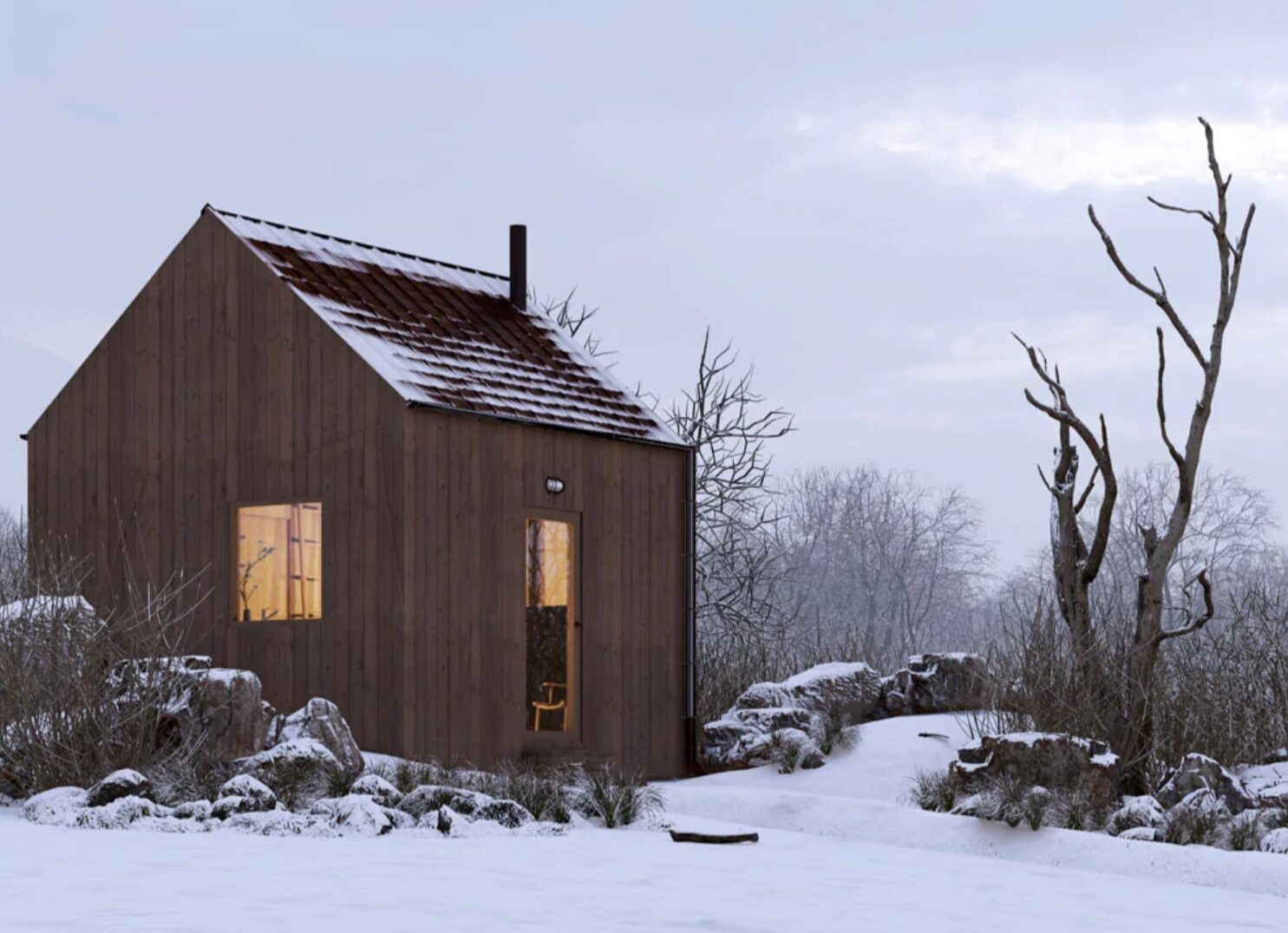Project ’20s kicks up dust from Project ’80s – Three
intrinsic.city reflects on Anchorage’s single largest civil construction project – Part 3 of 4
The George M. Sullivan Arena
If Anchorage had an arena district, it would have been the area around the Sullivan Arena, the largest and most ambitious of the Project ’80s.
It was ambitious because it represented Anchorage’s big-city aspirations of pro (or even semi-pro) sports. Completed in 1983, the Sullivan arena was designed by Los Angeles Architecture firm, The Luckman Partnership, Inc. headed by the famous architect Charles Luckman who is known for designing landmark buildings like the Theme Building at LAX and Madison Square Garden.
From 1983 to the early 2000s, the arena tried to be all things to all people and had a reasonably successful tenure as Anchorage’s only arena, hosting everything from hockey games, basketball tournaments, concerts, tradeshows, and even monster truck rallies – although the Dena’ina Center and the new-ish Alaska Airlines Center have alleviated some of this demand. The arena was even once the home to Anchorage’s very own (short-lived) arena football team, the Alaska Wild.
Despite all this, the Sullivan arena is first and foremost, a hockey arena and ice skating venue.
Riding the wave of the Miracle on Ice and Anchorage’s ambition to host the 1992 Olympic Winter Games, the arena was designed with Olympic-sized ice rather than the (smaller) NHL size which was a growing trend for college hockey venues at the time. Anchorage actually won the national bid for the ’92 winter games but was not selected as the host city by the IOC. For decades, the arena served faithfully as the home to UAA Seawolves hockey and the Anchorage Aces (formed in 1989) which eventually became the Alaska Aces until the team was sold in 2017.
Despite upgrades in recent years, including a complete overhaul of the ice-making system (CO2 conversion), new seats and scoreboard, the future of the venue is uncertain at best. The loss of the Alaska Aces and the end of the Great Alaska Shootout (which had already been lost to the Alaska Airlines Center) have cut deeply and upcoming events are sporadic and inconsistent with the designed purpose of the facility.
The most significant threat to the arena’s viability may very well be in your hands right now; smartphones, video games, and streaming media are keeping more people at home and without an existing fanbase, launching a (new) successful sports franchise would require a tremendous amount of community support, the likes of which have yet to be seen in Anchorage.
Why did an arena district fail to materialize?
The neighborhood around the arena has what essentially adds up to 2/3 of the necessary elements to make an arena district. Obviously, it has sports venues. The Sullivan Arena, the smaller Ben Boeke arena (ice rink), Mulcahy Stadium (baseball) and the Anchorage Football Stadium make up the “Chester Creek Sports Complex.” The area has some dense apartment housing nearby and connection(s) to the Chester Creek Trail but it doesn’t have any non-residential commercial parcels within a reasonable walking distance. There are some commercial parcels between A & C streets but walkability is hazardous at best without provisions for a safe crossing and even then, the lots are already occupied by office buildings. Arena districts have bars (or a bar) that serve as the home base for the fans as well as some dining options (concession stands don’t count) and they have at least one hotel.
Anchorage’s love for sprawl and a siloed approach to zoning (which, to be fair, was common practice in the ’80s) could even be linked to the decline of Anchorage’s sports franchises and low attendance for games.
In the near future, we’ll likely start to see our city grow again and with an increase in population, we’ll no doubt consider the possibility of being the home of a pro or semi-pro sports team again. Let’s consider ways we could have better fostered these endeavors in the past to avoid making the same mistakes or invest the funds in an entirely different project.
Questions to ask: Does an arena district make sense? Do pro sports in a (relatively) isolated city make sense? If we can’t compete on a national level, are regional sports worth the investment?



